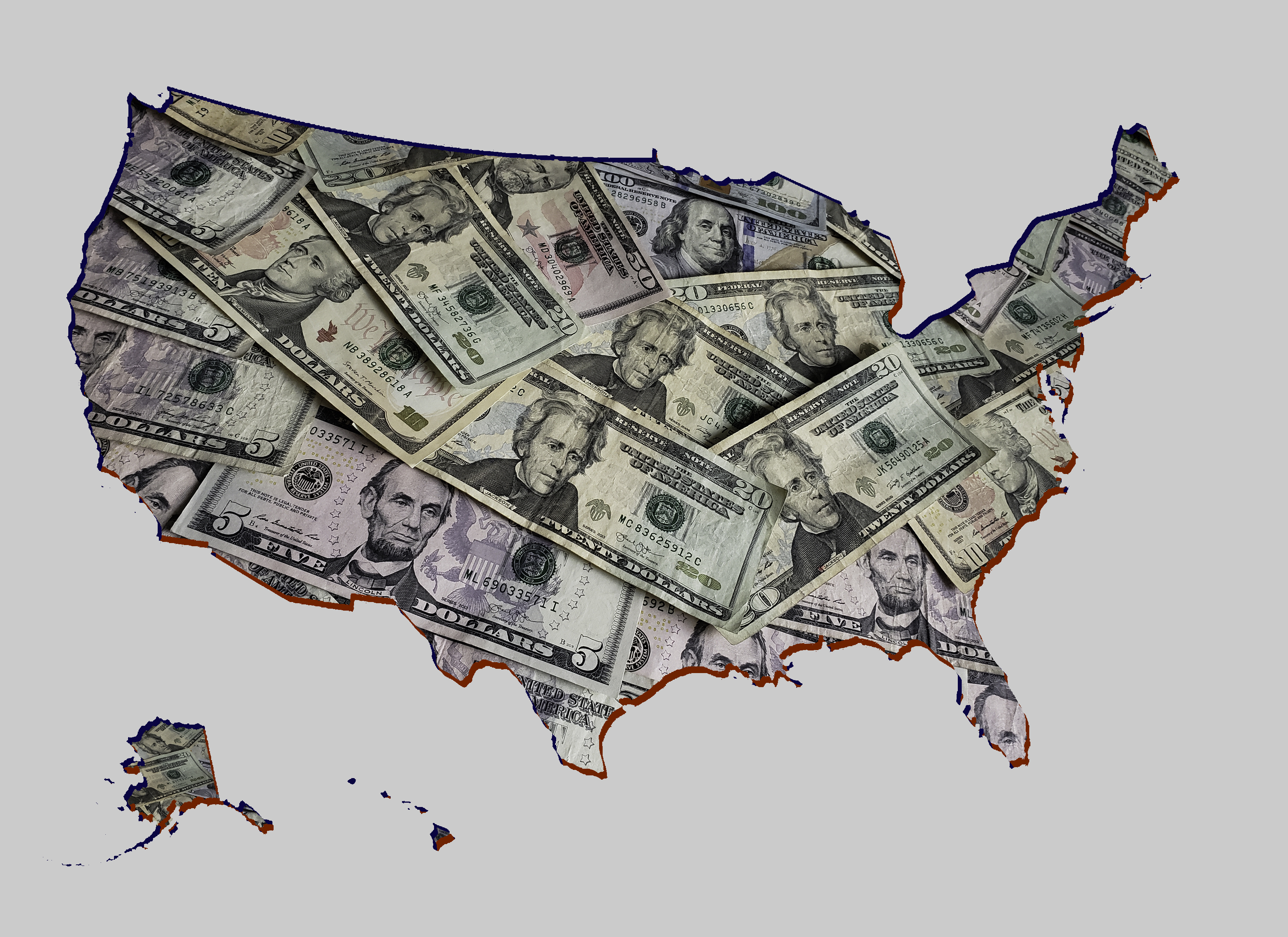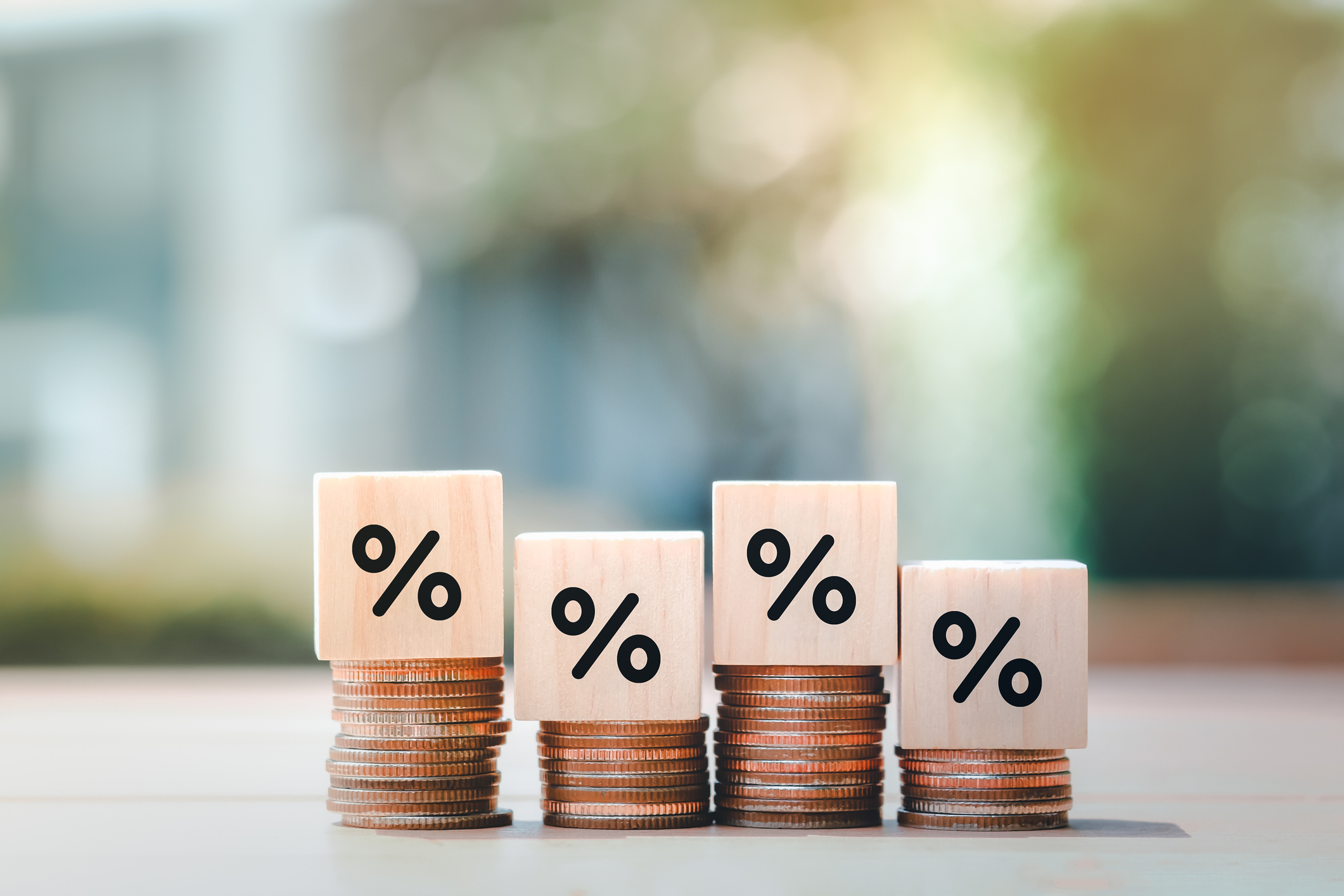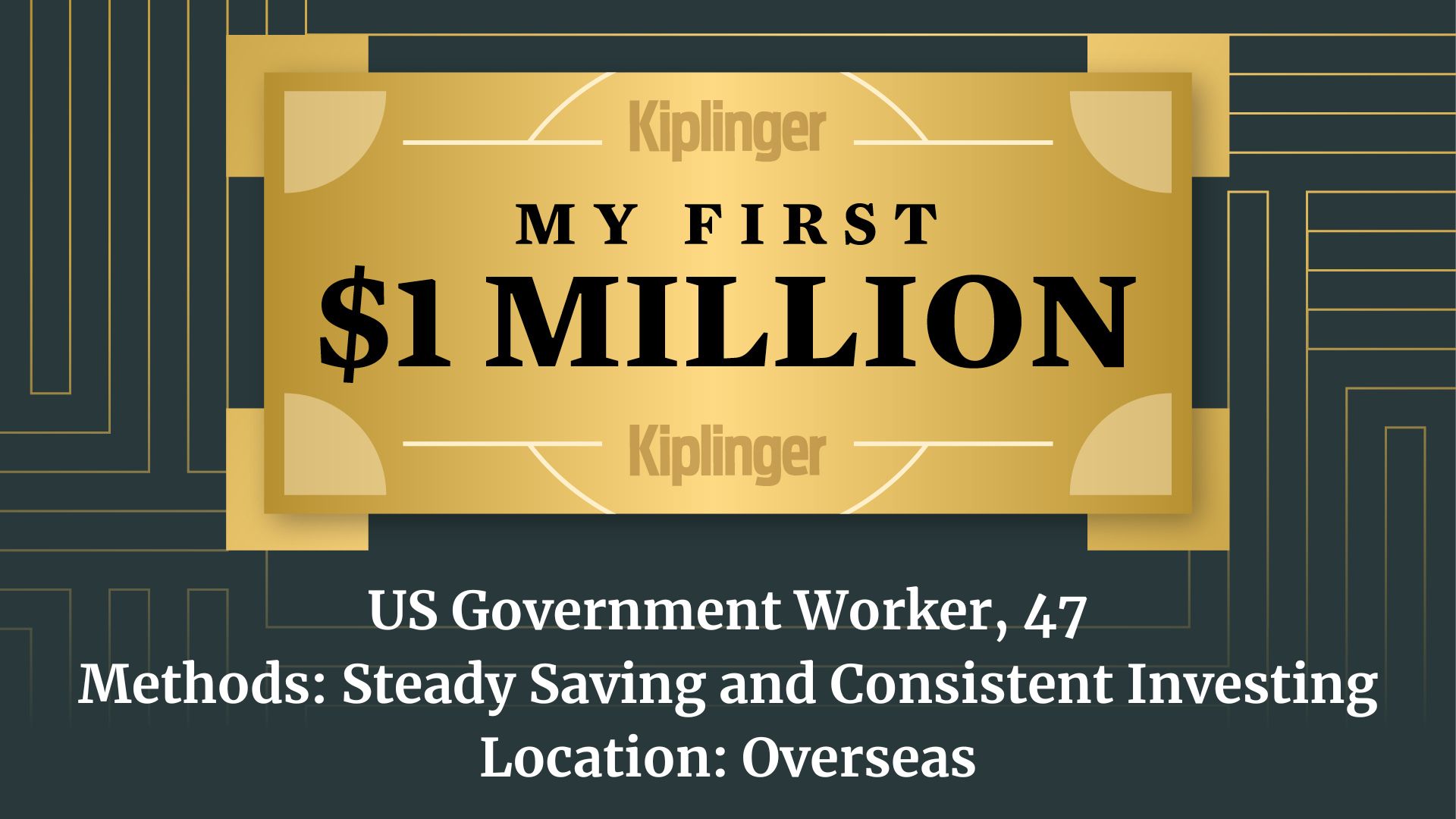Best 5-Year CD Rates
The top 5-year CD rates offer up to 4.00%, surpassing inflation and helping to reach long-term savings goals.

Elena Terrazas Chesney
Having an effortless option to store your money and a guaranteed rate of return can give you peace of mind in these uncertain times. And with the best five-year CD rates, you can earn a healthy rate of return and outpace inflation.
They're perfect for savers who need a less risky way to meet saving goals. Whether it's saving for a trip around the world, life during retirement or helping your child pay for college or save for a down payment on a home, a longer-term CD can help you get there.
Best of all, if you lock in one now, you won't have to worry about future rate cuts.
Top 5-year CD rates
Account | APY | Min. Deposit |
|---|---|---|
4.00% | $500 | |
3.90% | $500 | |
3.80% | $500 | |
3.80% | $500 | |
3.75% | $500 | |
3.56% | $500 |
Why open a five-year CD?
A CD gives you one significant advantage over a savings account: It comes with a fixed interest rate. It means when you sign up for an account, the rate you have will be carried throughout the term.
This is integral, given the current direction the economy heads. The Federal Reserve cut rates at its last three meetings, which will result in lower APYs.
When the Fed cuts rates, it impacts savers with lower returns. The only way to maintain higher returns is by locking in a CD when the rates are higher, as they are now.
Pros and cons of CDs
Pros:
- CDs offer guaranteed returns on deposits
- Fixed rates on CDs mean that even if rates fall, the APY on your account will remain the same since it's fixed
- Most CD accounts from banks and credit unions are federally insured for up to $250,000
- Since you can only withdraw funds when your CD account matures, you won't be tempted to spend your money elsewhere
You can use the tool below — powered by Bankrate — to compare CD rates below.
Cons:
- If you want to access your money before your term expires, your penalty fee might negate the interest earned.
- Upon maturity, the purchasing power of the money earned from your CD might be less due to inflation.
- You could earn more money with other investment opportunities, see a few options below:
How much can I earn with a five-year CD?
I'll use our top pick, SchoolsFirst Federal Credit Union, for this example. It currently offers an APY of 4.00%. Here's how much you can earn with the following deposits over five years:
- $10,000: $2,166.53 in earned interest
- $25,000: $5,416.32 in earned interest
- $50,000: $10,832.65 in earned interest
- $100,000: $21,665.29 in earned interest
Bottom line on the best 5-year CD rates
Now is the time to lock in a great return, while rates are still high. The Fed cut rates at its December meeting, resulting in lower returns moving forward.
Locking in a rate now ensures you keep your earnings ahead of inflation. And it's a great way to reach longer savings goals, risk-free.
Related content
Profit and prosper with the best of Kiplinger's advice on investing, taxes, retirement, personal finance and much more. Delivered daily. Enter your email in the box and click Sign Me Up.

Sean is a veteran personal finance writer, with over 10 years of experience. He's written finance guides on insurance, savings, travel and more for CNET, Bankrate and GOBankingRates.
- Elena Terrazas ChesneyContributer
-
 Visa Stamps the Dow's 398-Point Slide: Stock Market Today
Visa Stamps the Dow's 398-Point Slide: Stock Market TodayIt's as clear as ever that President Donald Trump and his administration can't (or won't) keep their hands off financial markets.
-
 State Tax Changes 2026: Is Your State Cutting (or Raising) Taxes This Year?
State Tax Changes 2026: Is Your State Cutting (or Raising) Taxes This Year?Tax Changes As a new year begins, taxpayers across the country are navigating a new round of state tax changes.
-
 Who Said That? Match the US President to the Quotation
Who Said That? Match the US President to the QuotationWho better to give advice on aging, retirement and finances than a U.S. president? Our short quiz will determine whether you're a history buff or buffoon.
-
 8 Things You Need to Stop Wasting Money on in 2026
8 Things You Need to Stop Wasting Money on in 2026Want to get your finances in shape this year? Start by cutting out these sneaky sources of waste in your budget.
-
 The December CPI Report Is Out. Here's What It Means for the Fed's Next Move
The December CPI Report Is Out. Here's What It Means for the Fed's Next MoveThe December CPI report came in lighter than expected, but housing costs remain an overhang.
-
 Billed 12 Hours for a Few Seconds of Work: How AI Is Helping Law Firms Overcharge Clients
Billed 12 Hours for a Few Seconds of Work: How AI Is Helping Law Firms Overcharge ClientsThe ability of AI to reduce the time required for certain legal tasks is exposing the legal profession's reliance on the billable hour.
-
 Will Soaring Health Care Premiums Tank Your Early Retirement?
Will Soaring Health Care Premiums Tank Your Early Retirement?If you're under 65 and want to retire soon, your plan may be derailed by skyrocketing ACA marketplace premiums. Here's what you can do.
-
 I'm a Financial Adviser: Here's How to Earn a Fistful of Interest on Your Cash in 2026 (Just Watch Out for the Taxes)
I'm a Financial Adviser: Here's How to Earn a Fistful of Interest on Your Cash in 2026 (Just Watch Out for the Taxes)Is your cash earning very little interest? With rates dropping below 4%, now is the time to lock in your cash strategy. Just watch out for the tax implications.
-
 What to Watch for When Refinancing Your Home Mortgage
What to Watch for When Refinancing Your Home MortgageA smart refinance can save you thousands, but only if you know how to avoid costly pitfalls, calculate true savings and choose the right loan for your goals.
-
 The 10 Best Splurge Destinations for Retirees in 2026
The 10 Best Splurge Destinations for Retirees in 2026Come for the luxury vacation. Retire for the lifestyle (if the vacay goes well). What better way to test a location for retiring abroad?
-
 My First $1 Million: US Government Worker, 47, Overseas
My First $1 Million: US Government Worker, 47, OverseasEver wonder how someone who's made a million dollars or more did it? Kiplinger's My First $1 Million series uncovers the answers.